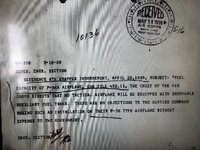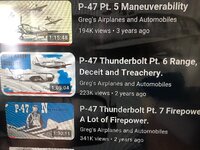Reluctant Poster
Tech Sergeant
- 1,737
- Dec 6, 2006
The USN didn't have an AP bomb early in the war. The following is from Yorktown's Coral Sea action report.The 1000 lb and 1600 lb AP bombs were designed by the USN after the start of WWII:
View attachment 666645
View attachment 666649
The AP bombs the USAAF entered the war with were converted seacoast artillery projectiles.
View attachment 666646
View attachment 666648
Heavy case bombs are SAP


